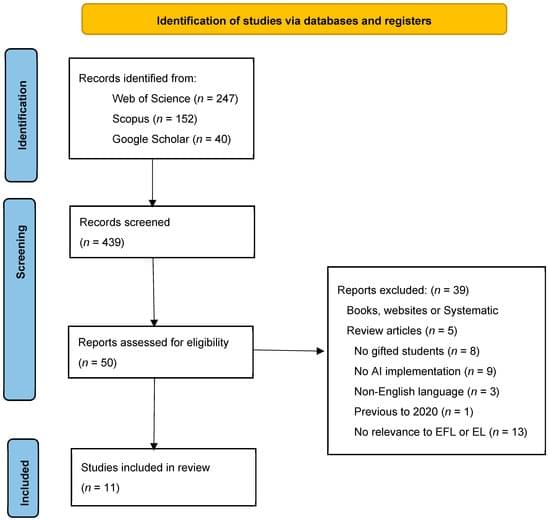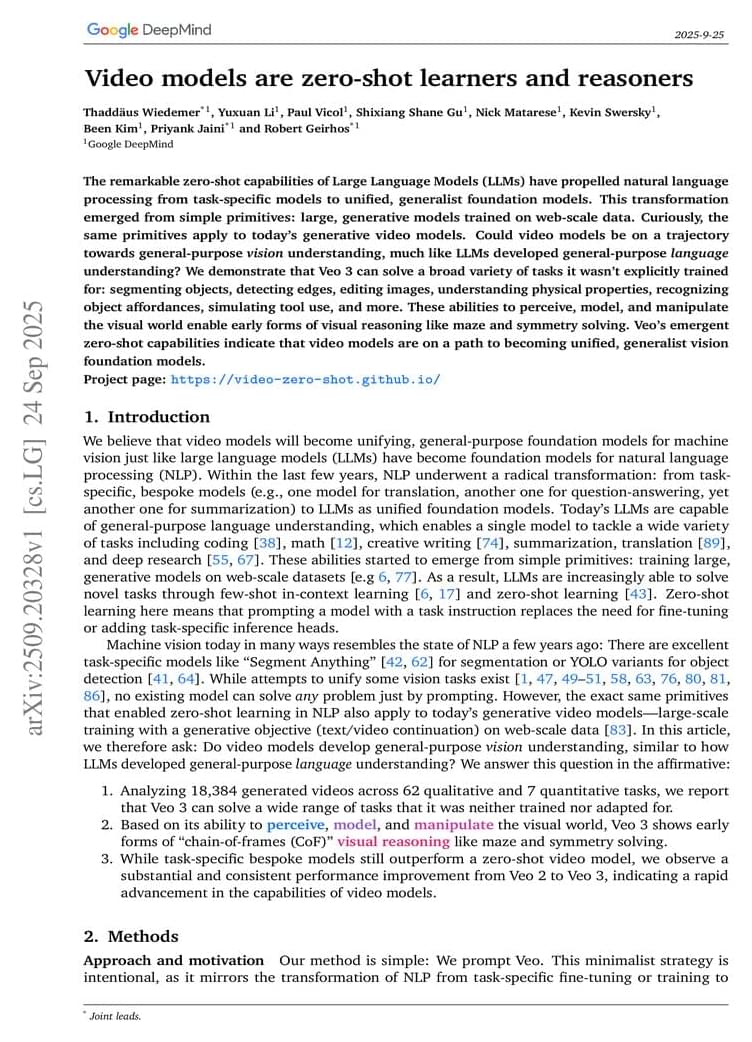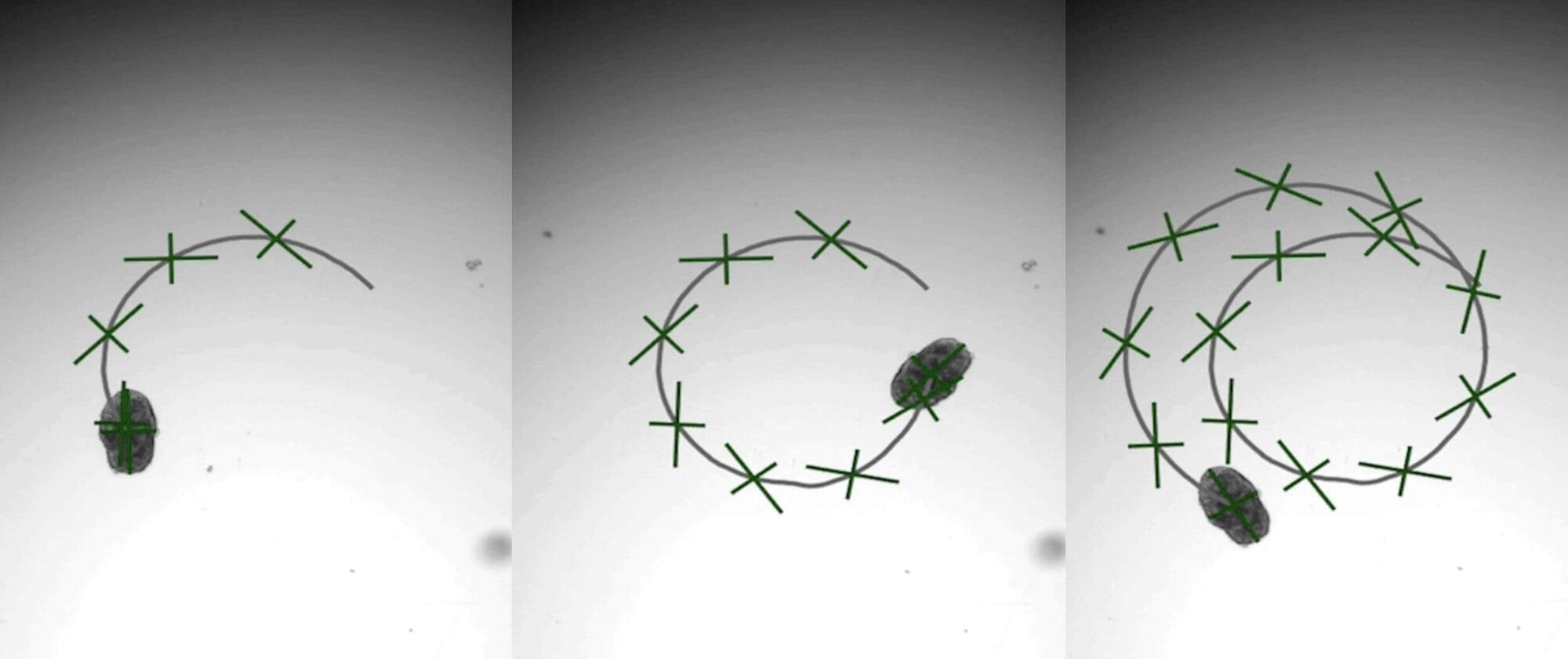Image generators are designed to mimic their training data, so where does their apparent creativity come from? A recent study suggests that it’s an inevitable by-product of their architecture.



Habit, not conscious choice, drives most of our actions, according to new research from the University of Surrey, University of South Carolina and Central Queensland University.
The research, published in Psychology & Health, found that two-thirds of our daily behaviors are initiated “on autopilot”, out of habit.
Habits are actions that we are automatically prompted to do when we encounter everyday settings, due to associations that we have learned between those settings and our usual responses to them.

There is a growing body of literature that focuses on the applicability of artificial intelligence (AI) in English as a Foreign Language (EFL) and English Language (EL) classrooms; however, educational application of AI in the EFL and EL classroom for gifted students presents a new paradigm. This paper explores the existing research to highlight current practices and future possibilities of AI for teaching EFL and EL to address gifted students’ special needs. In general, the uses of AI are being established for class instruction and intervention; nevertheless, there is still uncertainty about practitioner use of AI with gifted students in EFL and EL classrooms. This review identifies 42 examples of GenAI Models that can be used in gifted EFL and EL classrooms.

When Science Fiction Becomes Engineering

View recent discussion. Abstract: The remarkable zero-shot capabilities of Large Language Models (LLMs) have propelled natural language processing from task-specific models to unified, generalist foundation models. This transformation emerged from simple primitives: large, generative models trained on web-scale data. Curiously, the same primitives apply to today’s generative video models. Could video models be on a trajectory towards general-purpose vision understanding, much like LLMs developed general-purpose language understanding? We demonstrate that Veo 3 can solve a broad variety of tasks it wasn’t explicitly trained for: segmenting objects, detecting edges, editing images, understanding physical properties, recognizing object affordances, simulating tool use, and more.
This video is essential viewing to get a good overall feel for where we are now — and where we’re going — with AI, AGI, and the risks we face because of both. It’s a fantastically entertaining watch too!
Would AI hurt us and cause human extinction? Use code insideai at https://incogni.com/insideai to get an exclusive 60% off.
Expert opinion from Geoffrey Hinton, Ilya Sutskever, Max Tegmark.
Google Gemini, Open AI Chat GPT, Deepseek, Grok, Google Gemini.
0:00 — 0:38 — Intro.
0:39 — 0:59 — AI style.
1:00 — 1:19 — Max Chat GPT
1:20 — 1:36 — AI Girlfriend.
1:37 — 1:48 — Jailbroken AI
1:49 — 2:29 — AI Risk Questions 1
2:30 — 2:55 — Would AI turn on us?
2:56 — 3:20 — Intense AI Girlfriend.
3:21 — 3:44 — Jailbroken AI
3:45 — 4:57 — Can we Trust AI?
4:58 — 5:54 — Jailbreaking Max.
5:55 — 6:14 — AI Girlfriend.
6:15 — 6:42 — Jailbroken Max.
6:43 — 7:06 — Girlfriend in car.
7:07 — 7:45 — AI Risk Questions 2
7:46 — 9:48 — Incogni Ad.
9:49 — 10:27 — AI Girlfriend meets Max.
10:28 — 10:57 — Jailbroken Max.
10:58 — 11:37 — AI Risk Questions Pt 3
11:38 — 12:11 — AI Girlfriends good for us?
12:12 — 12:42 — Resetting Chat GPT
12:43 — 13:48 — Crazy AI Predictions.
13:49 — 14:50 — AI Safety.
14:51 — 15:09 — Ilya Sutskever.
15:10 — 15:26 — Geoffrey Hinton.
15:27 — 15:45 — Max Tegmark.
15:46 — 16:00 — AI Final Thought.
#artificialintelligence #AI #chatbot #superintelligence #aigirlfriend #insideai

A brand-new engineering approach to generate “designer” biological robots using human lung cells is underway in Carnegie Mellon University’s Ren lab. Referred to as AggreBots, these microscale living robots may one day be able to traverse through the body’s complex environments to deliver desired therapeutic or mechanical interventions, once greater control is achieved over their motility patterns. In new research published in Science Advances, the group provides a novel tissue engineering platform capable of achieving customizable motility in AggreBots by actively controlling their structural parameters.
Biobots are microscopic, man-made biological machines capable of autonomous movement and programmability to perform specific tasks or behaviors. Previously, enabling biobots’ motility has been centered around using muscle fibers, which allow them to move by contracting and relaxing like real muscles.
A novel, alternative mechanism of actuation can be found by using cilia, the nanoscopic, hair-like, organic propellers that continuously move fluids in the body (like in the lungs) and help some aquatic creatures, like Paramecium or comb jellies, swim. However, a reliable way to control the exact shape and structure of a cilia-powered biobot (CiliaBot, for short), and thereby its motility outcome, has proven difficult to come by.

Harnessing the power of AI, a research team at the MRC-University of Glasgow Center for Virus Research has launched Viro3D —the most comprehensive database of human and animal virus protein structure predictions in the world.
The free and searchable AI-powered database offers a completely new, in-depth perspective on viruses, allowing us to quickly learn more about their origins and evolution.
Although virus particles are the most abundant biological entities on our planet, these tiny structures remain among the least well-understood. Insights into the key protein structures within viruses have, until now, only been achieved through slow and laborious research work, a pace that has impacted our ability to develop treatments and vaccines at speed.

Researchers at Seoul National University and Kyung Hee University report a framework to control collective motions, such as ring, clumps, mill, flock, by training a physics-informed AI to learn the local rules that govern interactions among individuals.
The paper is published in the journal Cell Reports Physical Science.
The approach specifies when an ordered state should appear from random initial conditions and tunes geometric features (average radius, cluster size, flock size). Furthermore, trained on published GPS trajectories of real pigeons, the model uncovers interaction mechanisms observed in real flocks.